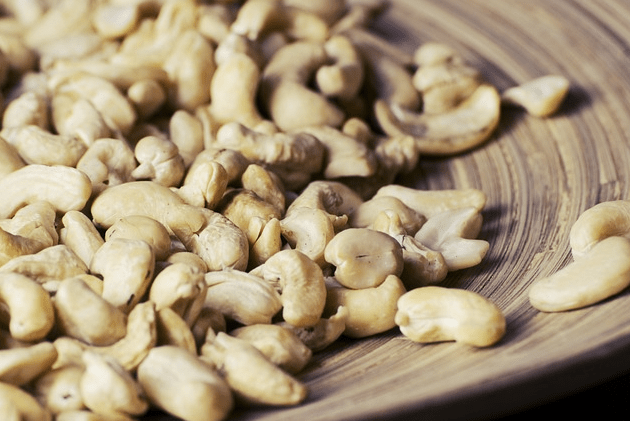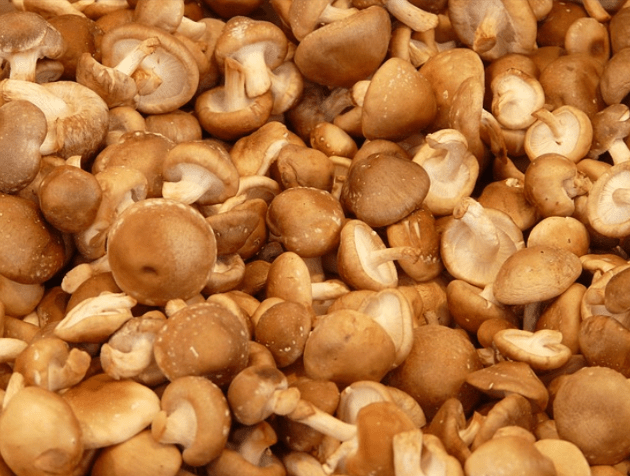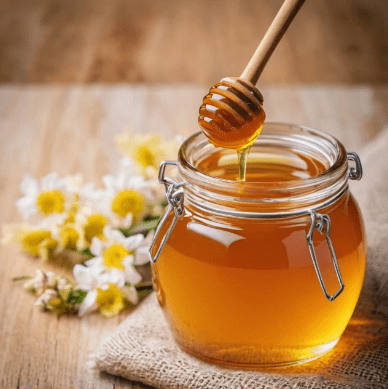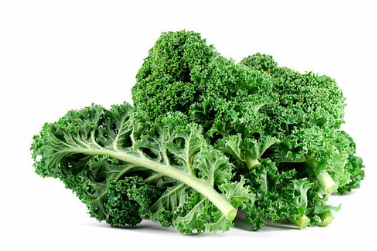Cashews are a wonderful fruit that, in their dried form, are considered a delicacy worldwide. Let's dive into their story. Starting with the term 'nut'—cashews aren't actually nuts; they're fruits.
If you're looking for a close relative in the nut kingdom, the closest candidate is the pistachio. However, while pistachios developed and still grow in the Asian highlands of Turkey and Iran, cashews originate from South America. Until the Portuguese conquered Brazil in the 16th century, no one outside South America knew about them.
The Portuguese brought cashews to Europe and their colonies in Africa and Asia. Soon, cashews became a common crop in many countries with tropical or subtropical climates.
So before we continue, let's thank the Portuguese. Around the same time, they were also the first to engage in the transatlantic slave trade and did other deplorable things—but introducing cashews is a sort of redeeming point.

Thanks to the Portuguese, we have the beautiful name 'cashew' (try saying it with a Brazilian accent and see how nicely it sounds). What does it mean in Portuguese? It actually has no specific meaning in Portuguese; it's a distortion of the plant's name in the native Tupi language common in the region. In ancient Tupi, the plant was called 'acajú.' The Portuguese adapted this to 'cajù,' and from there it became 'cashew.'
Fortunately, this name has been preserved in Hebrew. In 1930, the Hebrew Language Committee attempted to replace this lovely name with 'Tola'ana' (meaning 'wormwood'). Luckily, this change didn't catch on.
The cashews we know (waiting for you in the garden pantry) are a processed product (the ones in the garden are organic and sun-dried). In Brazil, however, the plant has a peculiar life cycle that includes a stage where it develops a pseudo-fruit resembling a pear.
This fruit, which only lasts a short time in its fresh state, is considered a delicacy and a source of popular juice in Brazil. Outside Brazil, the next stage in its evolution, where the pseudo-fruit is replaced by the real fruit – small and kidney-shaped – is the cashew we know.
As mentioned, cashews are often mistakenly classified as nuts. This confusion is understandable because cashews and nuts share a similar culinary context: they are small, have a 'nutty' texture, and often appear on the same snack plate.
However, it's important to clarify that cashews are not nuts. They undergo processing, and I know that word can sometimes be off-putting. But it's not what you might think – cashews must be processed because they are covered in a toxic resin that you definitely don't want to ingest.
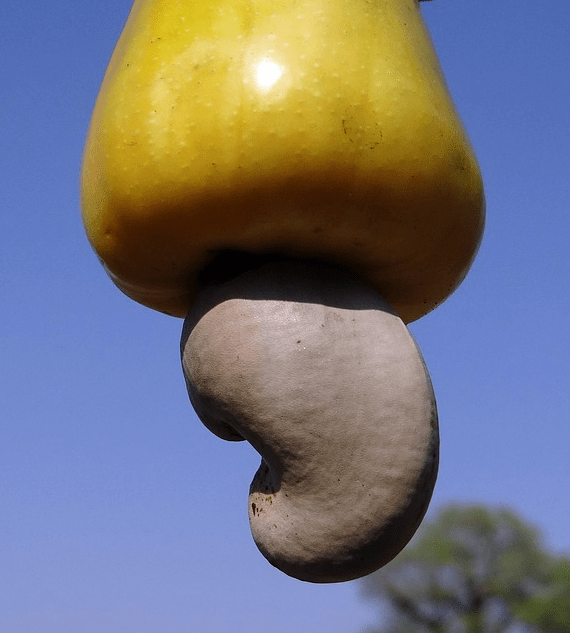
During processing, the outer shell of the fruit, which contains the toxic resin, is removed. What's left? Lots of good things – cashews are an excellent source of quality plant-based protein and also contain dietary fiber, essential fatty acids, and minerals like zinc and iron.
Of course, beyond all this goodness, we must add the simple fact that they are delicious, with a rich, buttery, nutty texture.
When ground, cashews can serve as a base for vegan cheese or meat substitutes. But I love them best in their whole, natural state (processed, without the poison, please), in a salad, with roasted fish, or simply to eat them as they are at the end of the day, from a snack plate with a glass of arak in hand.

